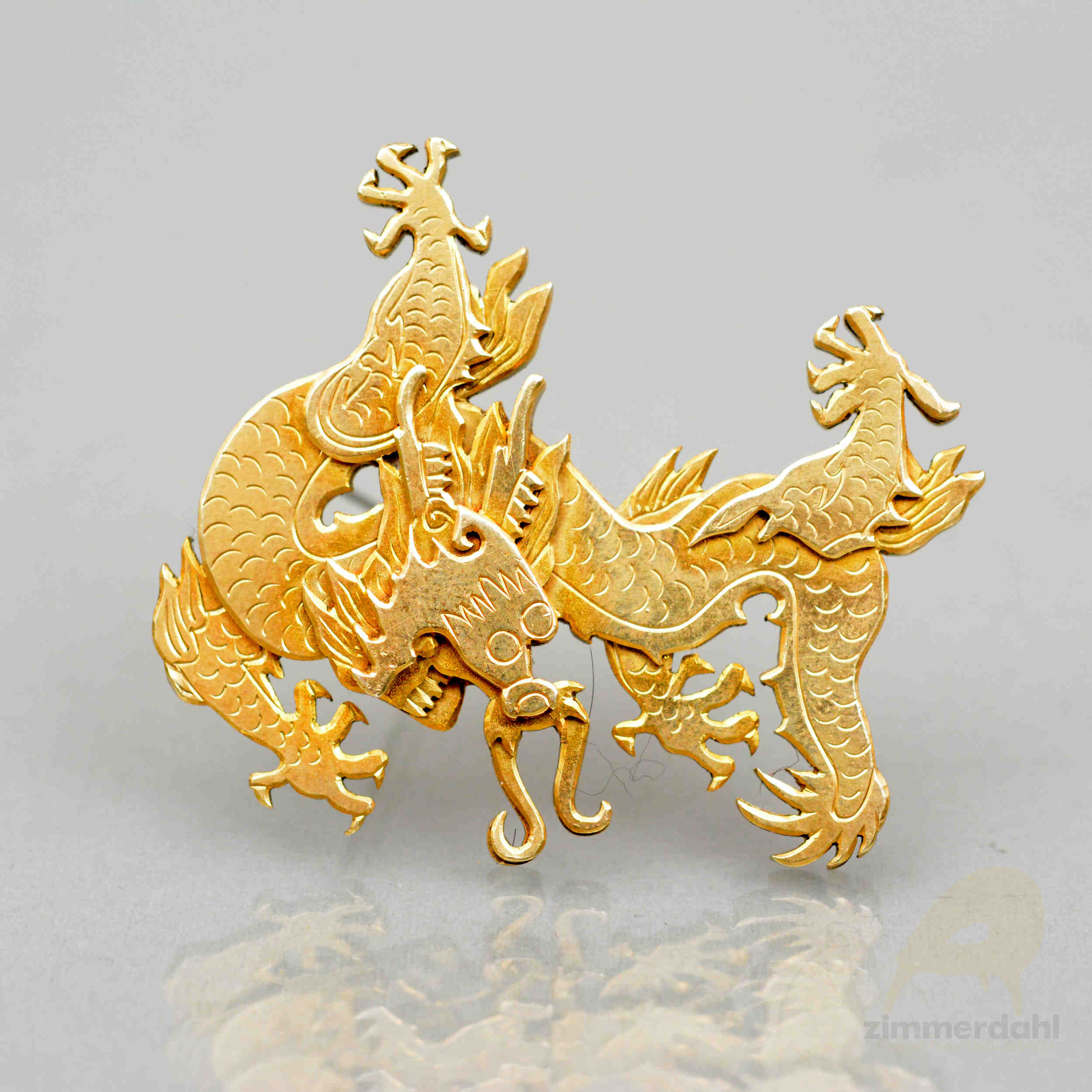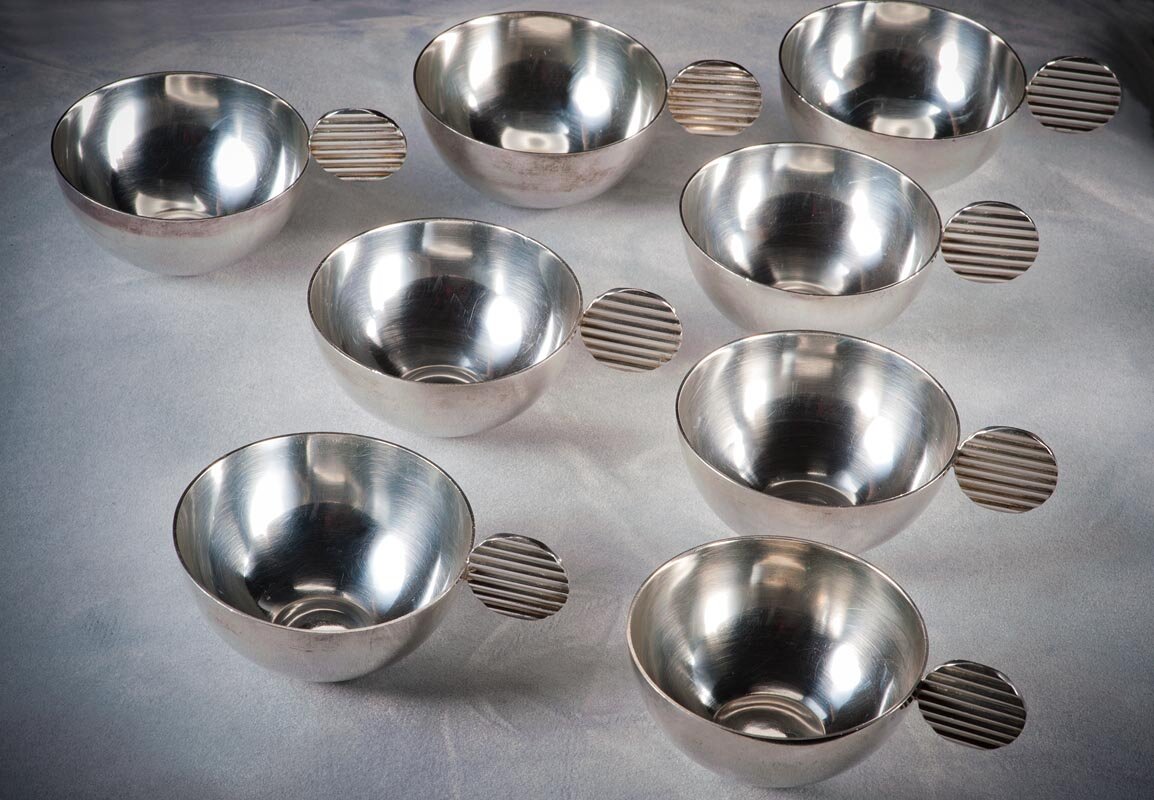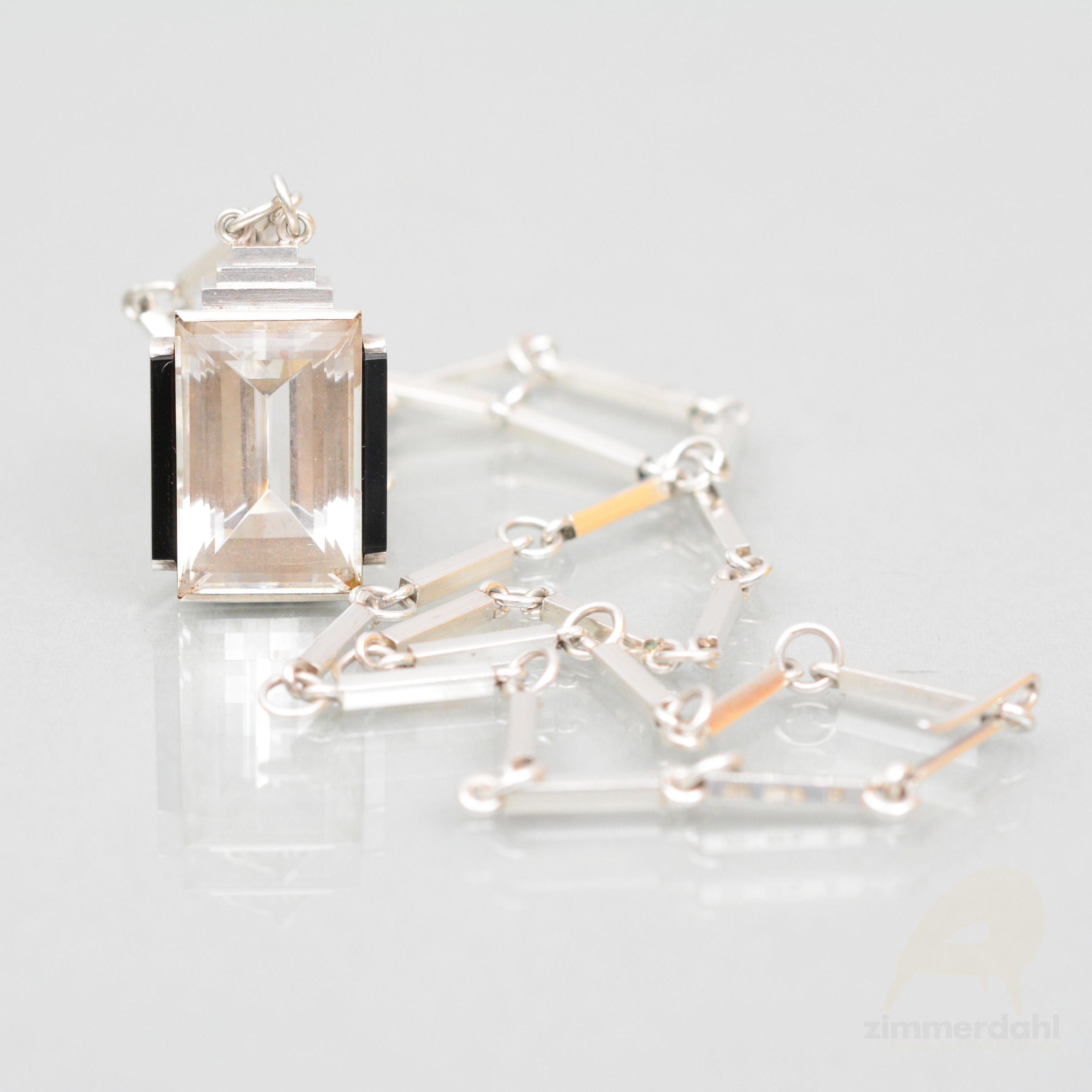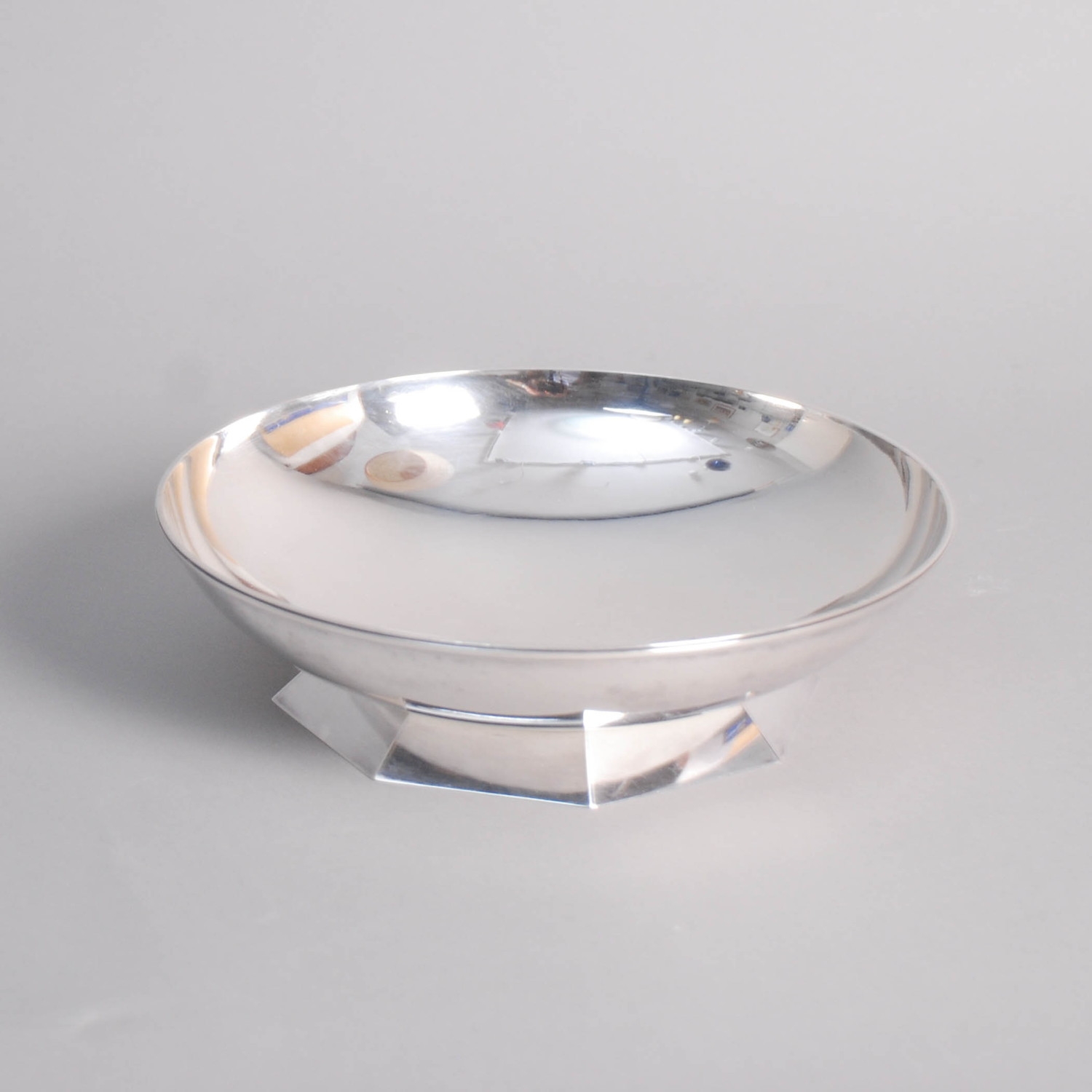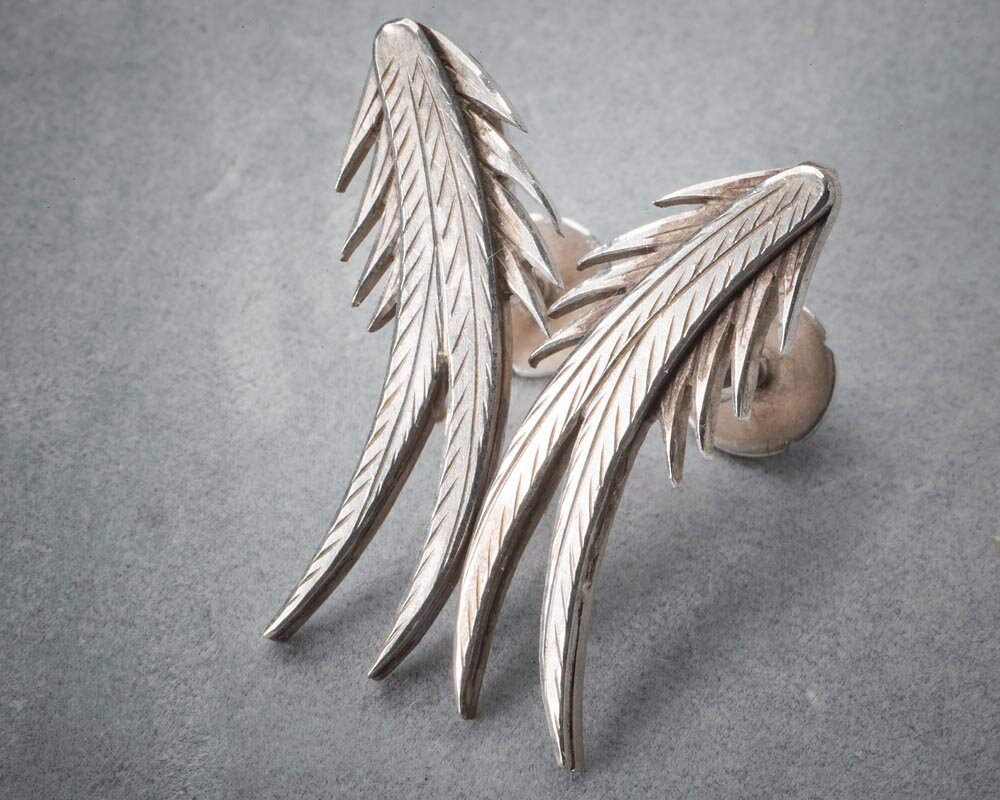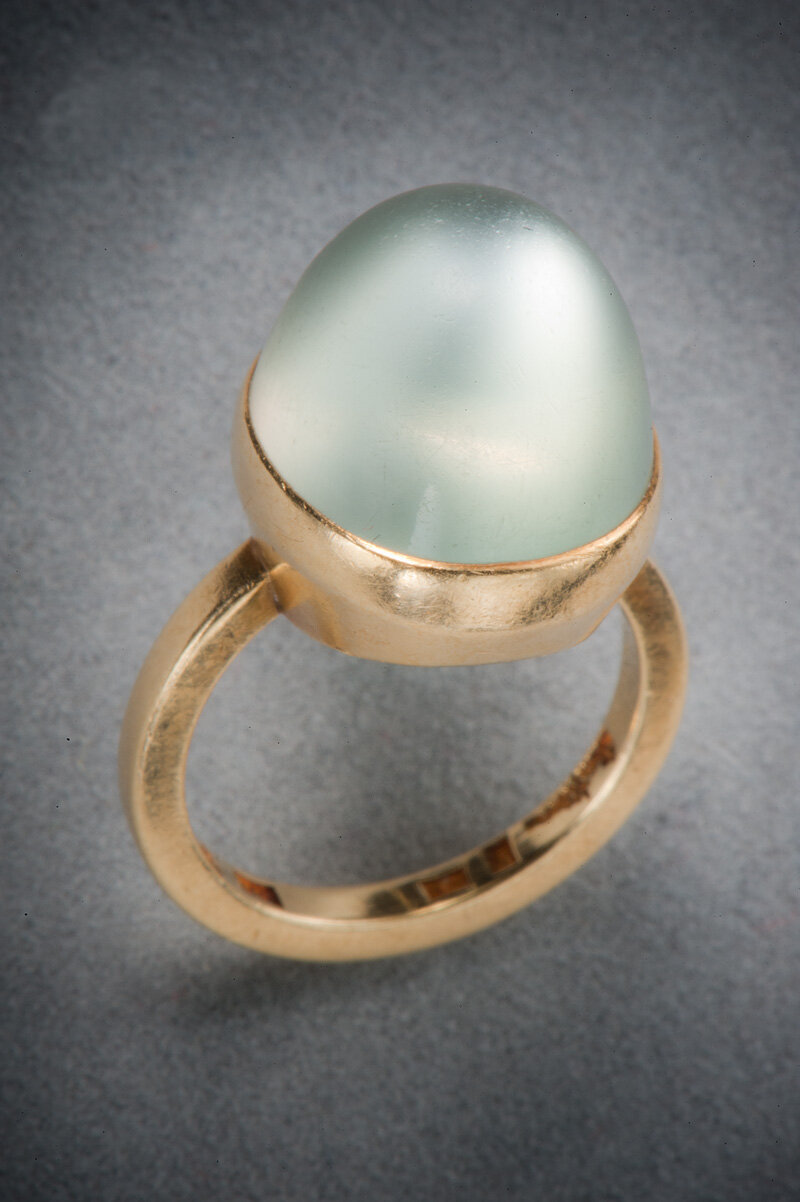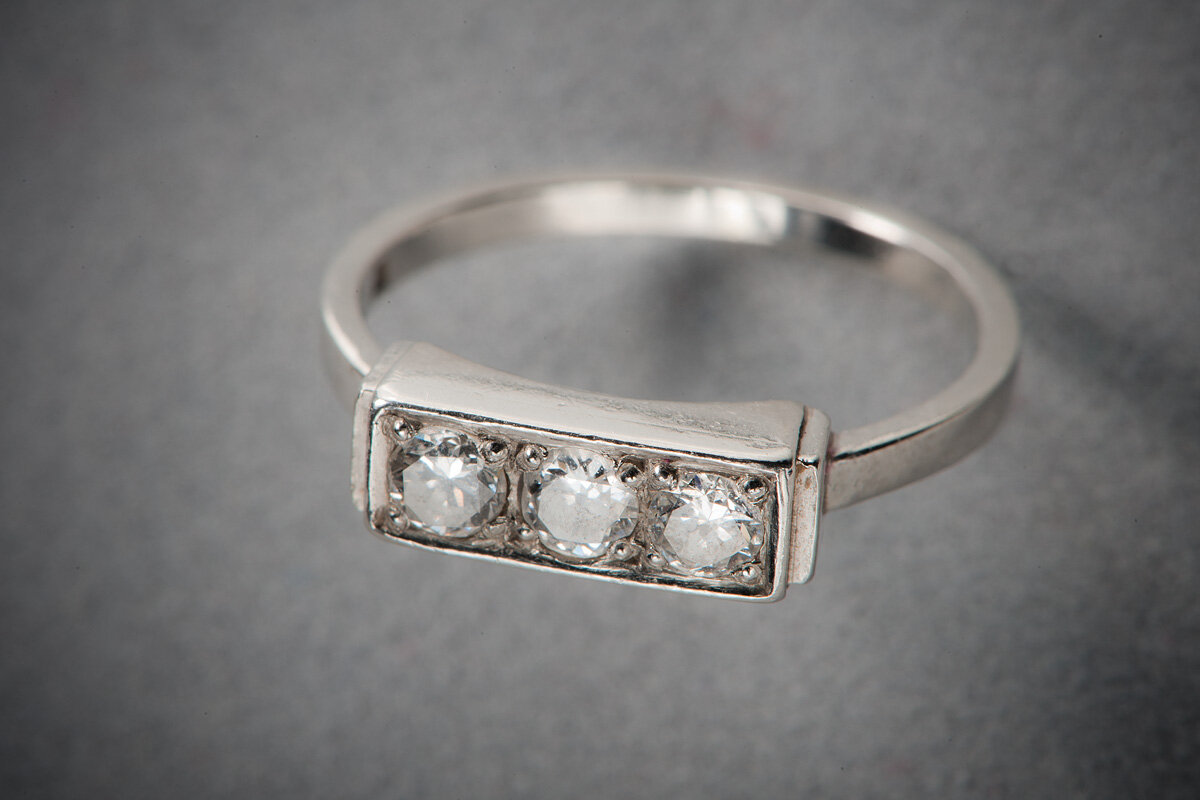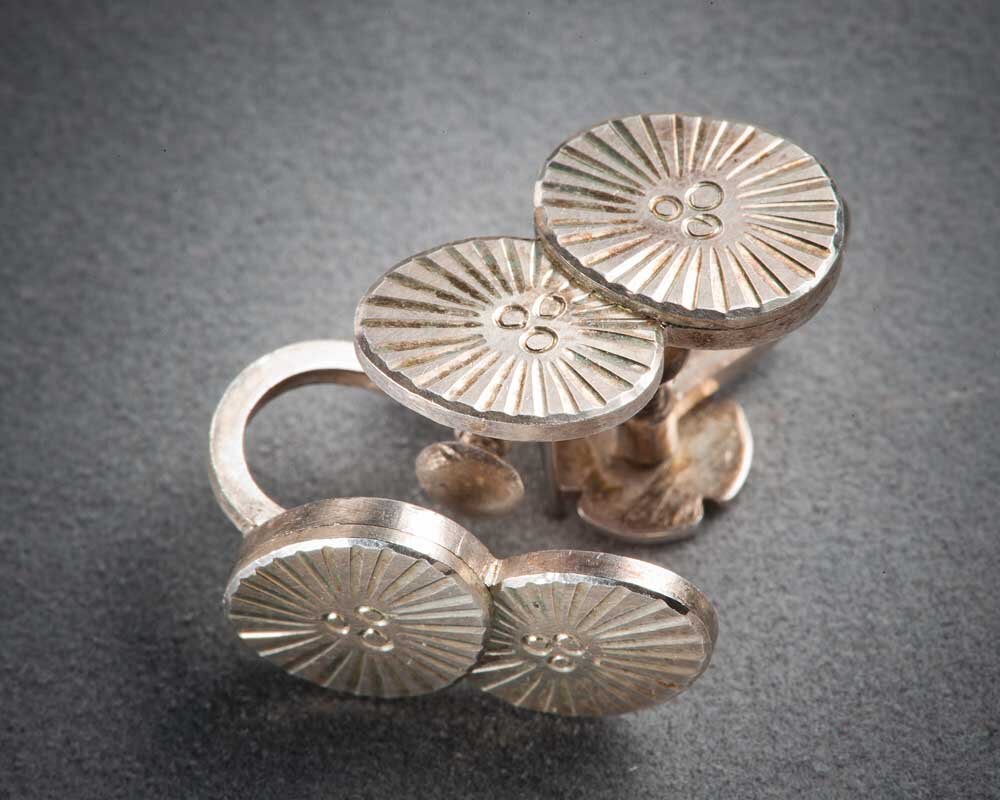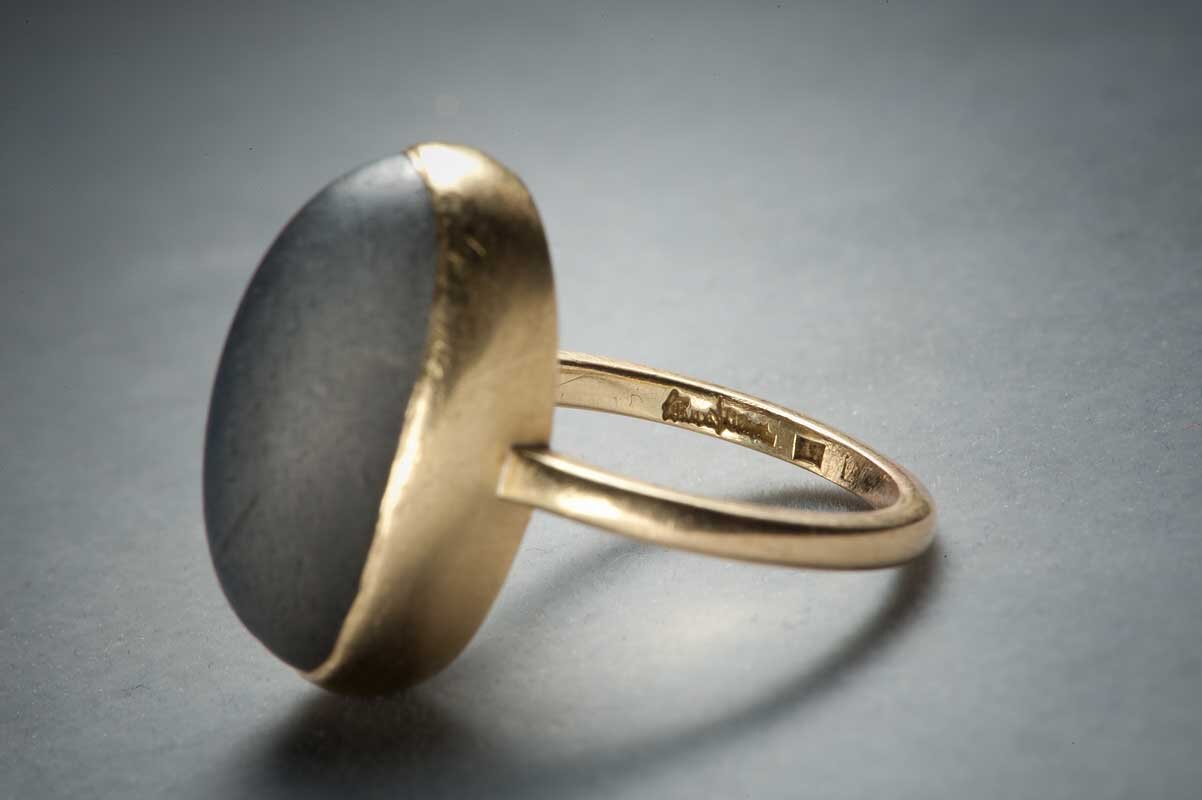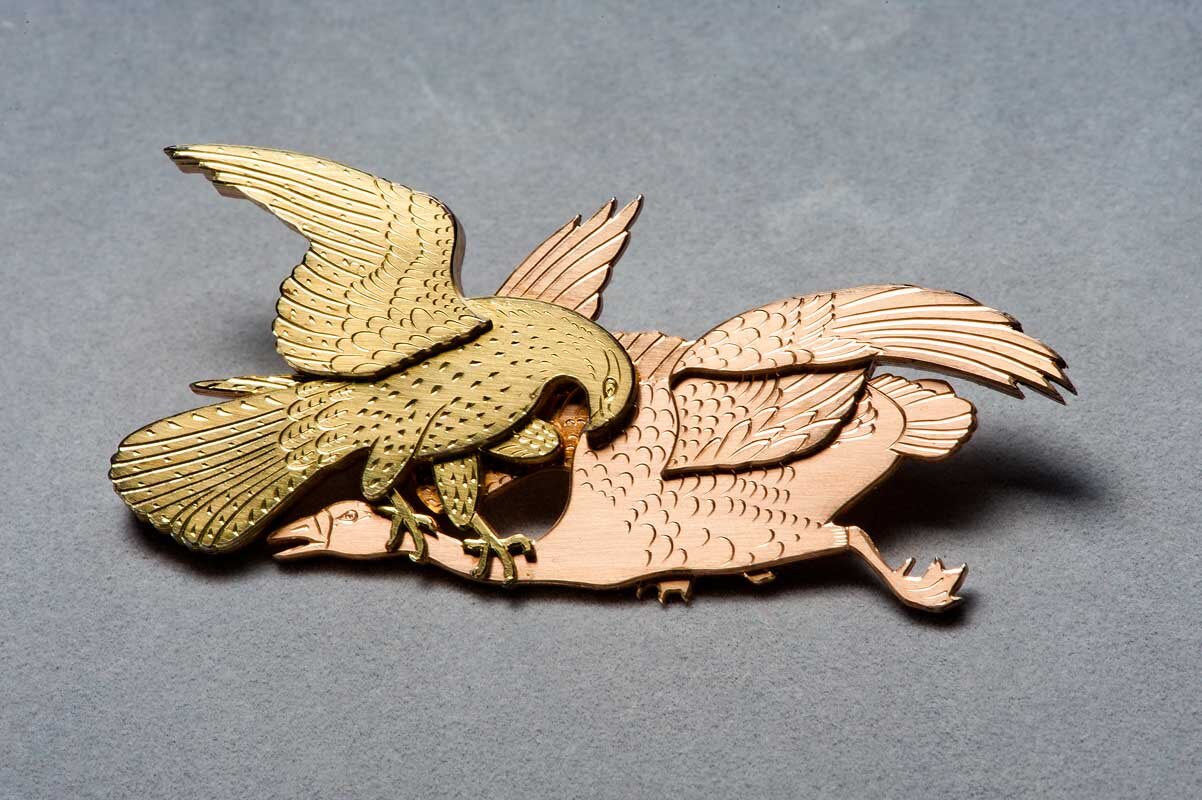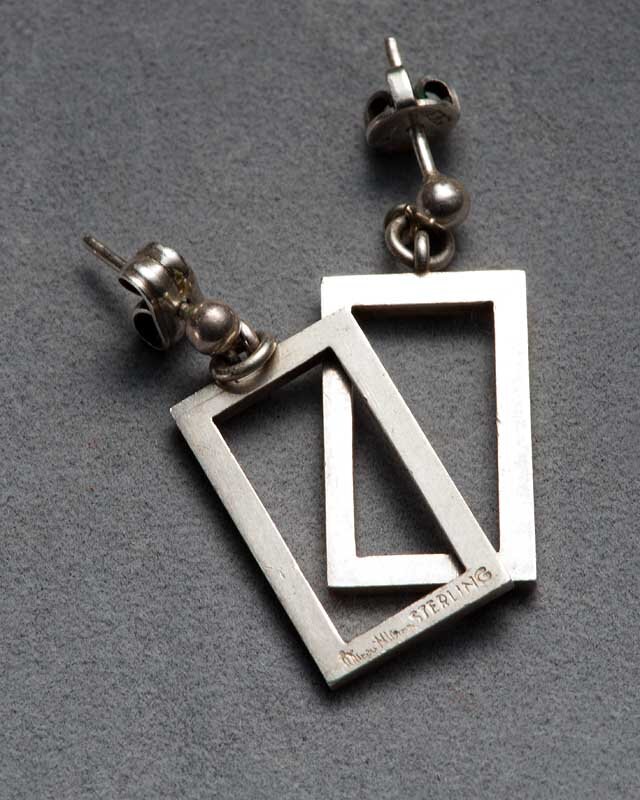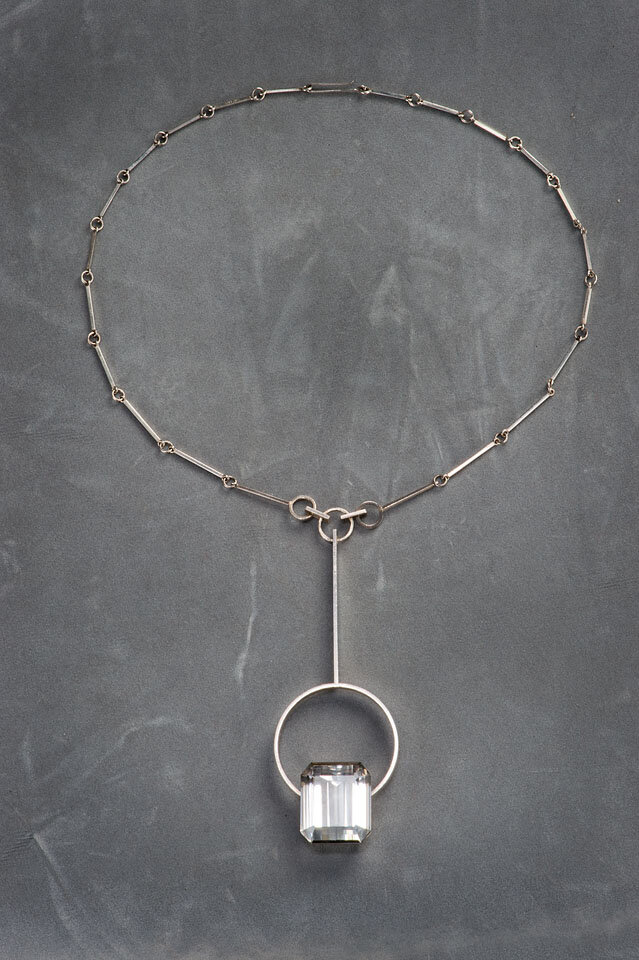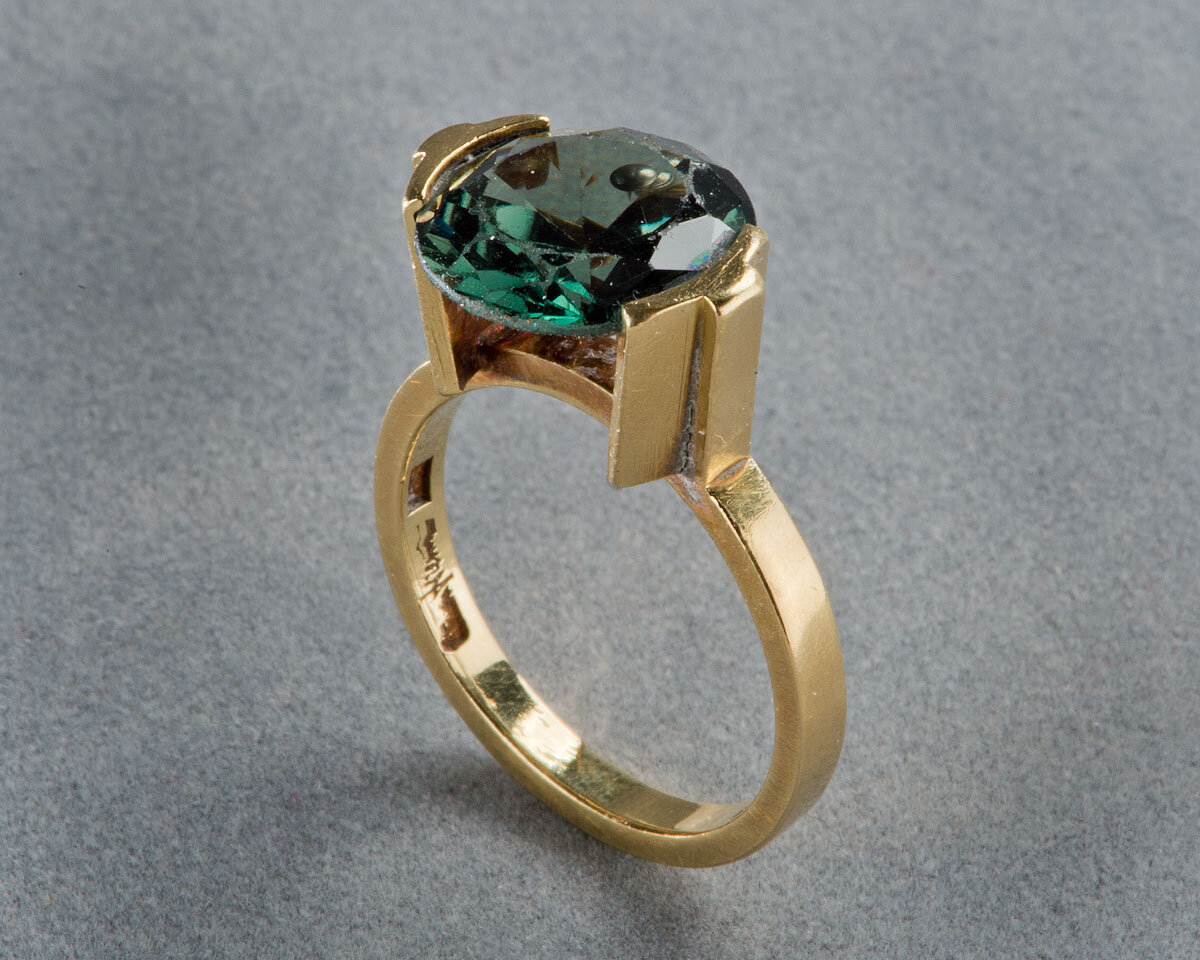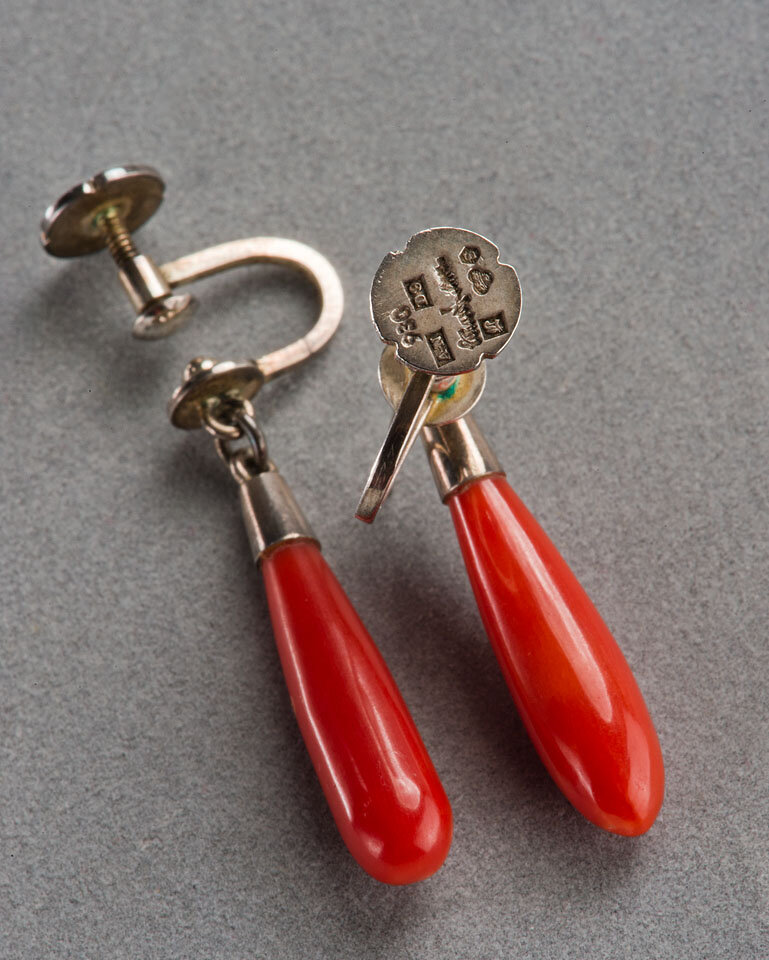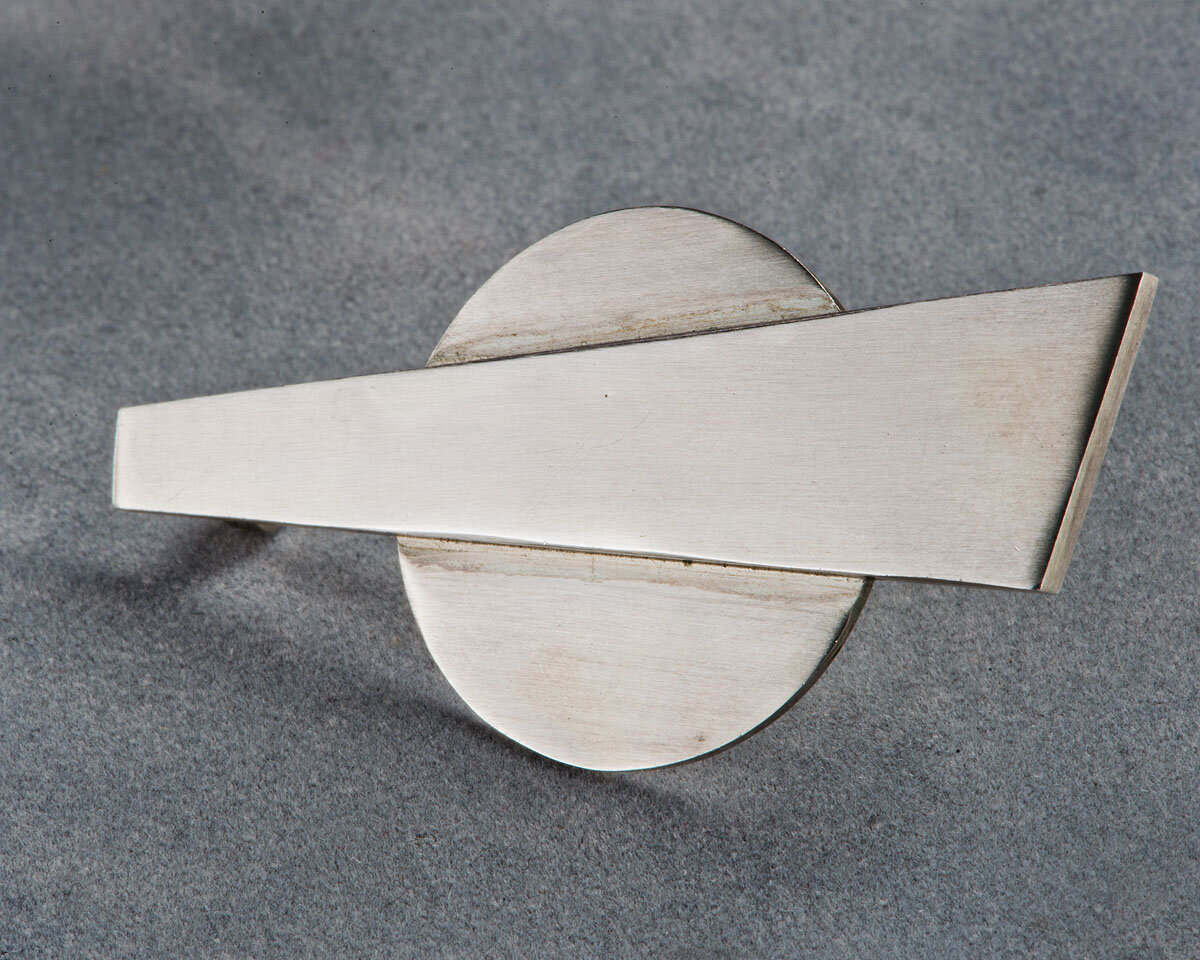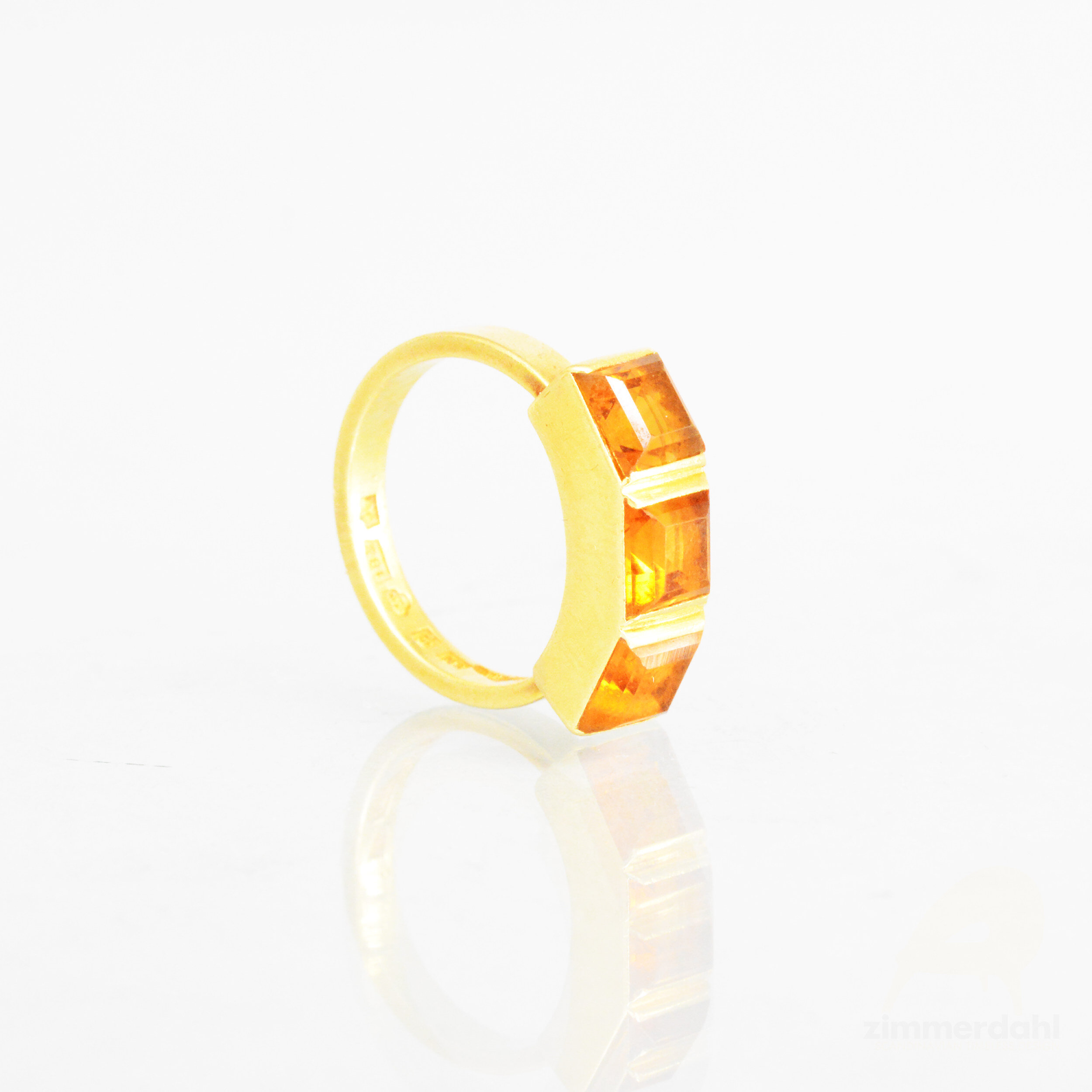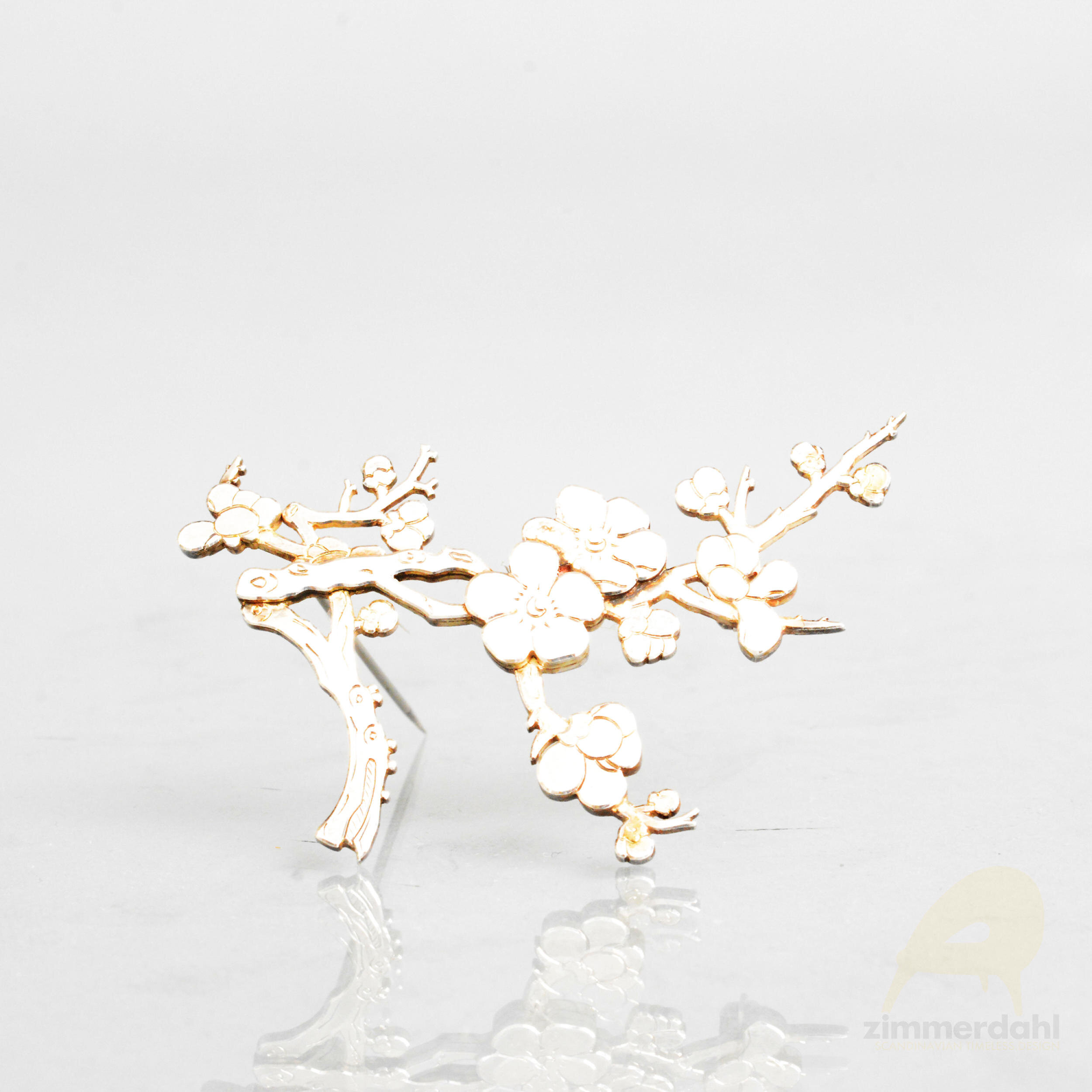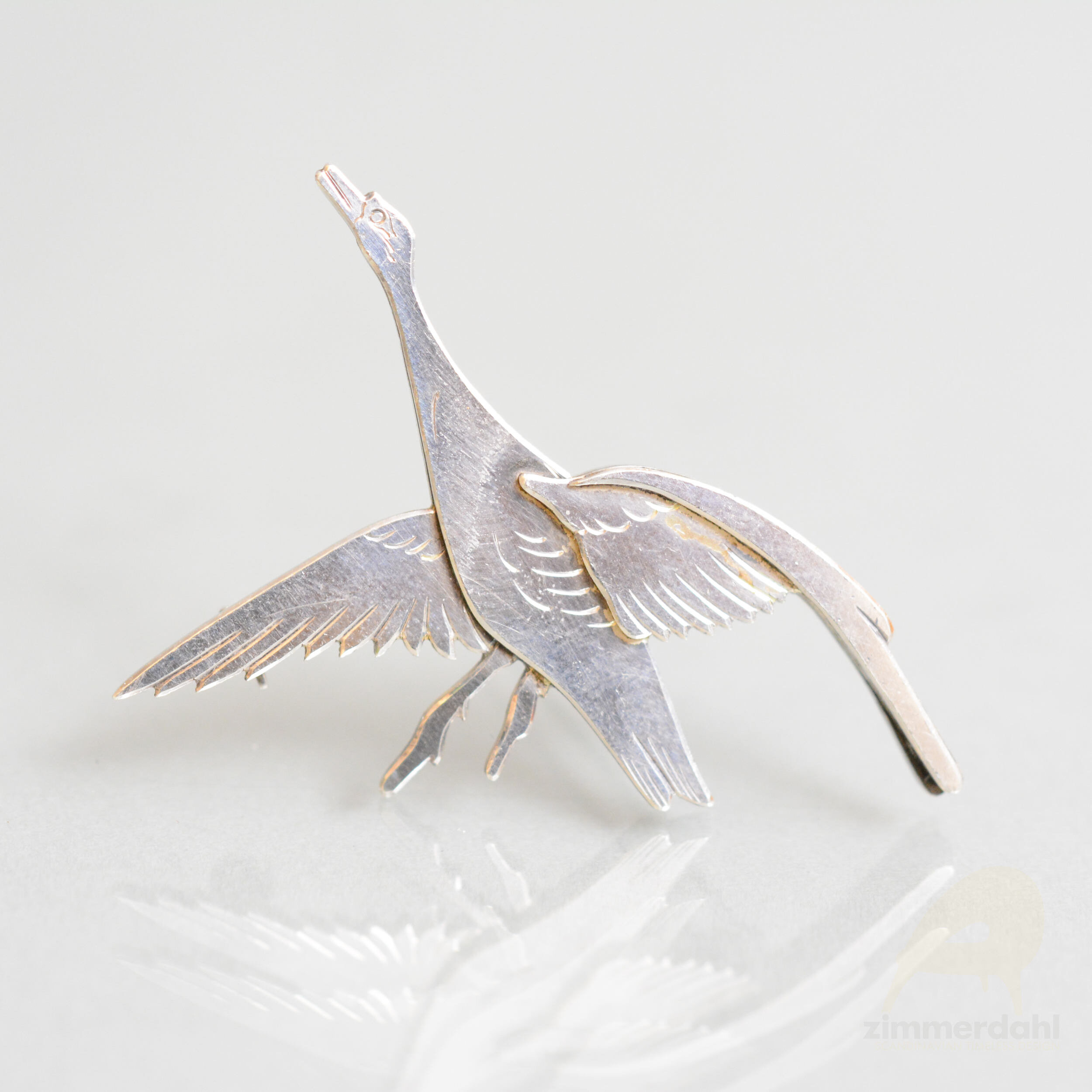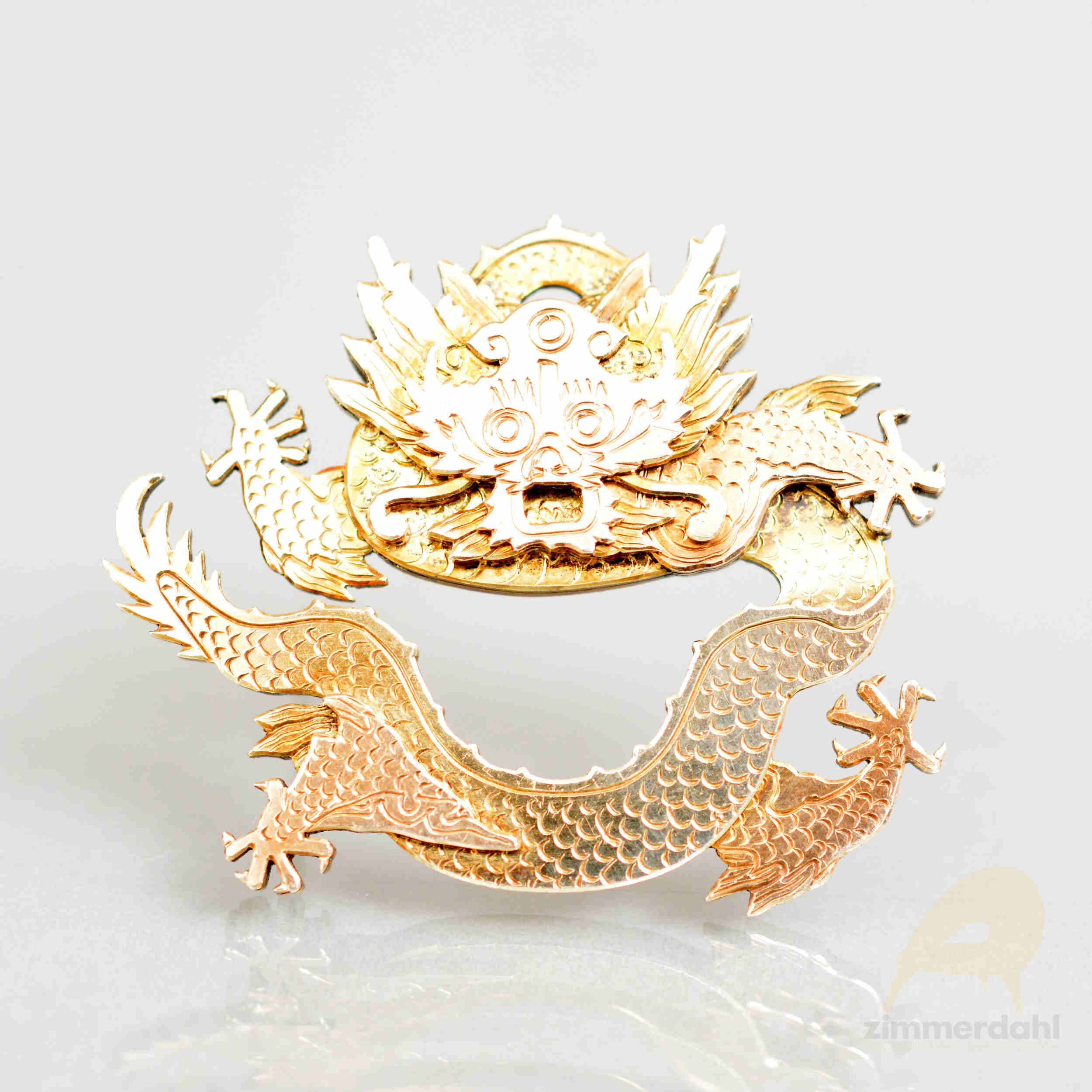Wiwen Nilsson (1897-1974) - An Art Deco Silversmith in the Age of Modernism
Wiwen Nilsson is among Sweden’s, and for many, one of Scandinavia's most important silversmith. He is the only one who pioneered working primarily in a cubic style, where he uses geometry as the design language. Wiwen Nilsson’s heritage from Lund, in south Sweden, and his personal connection with Gösta Adrian Nilsson, author of the art theoretical essay The Divine Geometry, makes his connection to the cubism movement clear. Cubism and geometry are recurring themes in all of his works from jewelry to silverware. Wiwen Nilsson uses this design language throughout his career. After the Second World War, for a period, Wiwen Nilsson starts working with Asian motifs where he forges silver and achieves different shapes, animals as well as birds, insects, and plants. Wiwen Nilsson’s title is Silversmith, he mostly works with silver, however, in some cases, he smithed with gold objects. Only a few rings of Platinum exist and are therefore extremely rare. He worked during the beginning of his career with Ystad Metall, a company that primarily used bronze and tin. Subsequently, there are some objects that were forged by Wiwen Nilsson in different metals and alloys in addition to his main material - silver.
His father Anders Nilsson and early exposure to Art Deco
Wiwen Nilsson, born Karl Edvin Nilsson, is born in 1896 in Copenhagen to the Swedish silversmith Anders Nilsson from Lund. The father Anders Nilsson moves to Lund in 1874. from outside Lund, for a few years but left to Copenhagen to work for one of Denmark’s oldest goldsmith workshops. Anders relocated back to Lund again and worked for the family jewelry workshop that becomes his in 1907. Wiwen Nilsson's exposure to the father's silversmith job, of course, affects his chosen career. Wiwen Nilsson grows up during a time of turbulence, living his teens during the First World War that ends after his 21st birthday (Wiwen Nilsson is born on the 19th of May). Wiwen Nilsson works in his father's workshop and sees his father's typical Jugend/Art Nouveau (also confusingly called Modern Style) or historically inspired objects in Byzantine style. This world of ideas that Wiwen Nilsson, naturally, revolts against, like all children against their parents. The answer to this revolt against Anders Nilsson are the geometrical forms and Cubism. Wiwen Nilsson was a keen student and wanted to continue his education within the art of smithing. In 1920 he moved to Germany on a stipend to Hanau to attend Ziechenakademie. During this period he writes in letters that he finds the development of art in Sweden slow and conservative. Wiwen Nilsson exposes himself to works and designs from, i.e. Wiener Werkstätte, it was during these years that the Art Deco and Secessionist movements got started. From his early designs, it is easily identifiable the geometric and cubic style that would later become his signature.
Wiwen Nilssons debut in Gothenburg
The years Wiwen Nilsson spent with his father are characterized by a searching nature and development of his style. In 1923 Wiwen Nilsson debuts during the exhibition in Gothenburg as a 26-year-old. He has now created his first objects that carry the iconic Wiwen Nilsson style where the geometric form is in full bloom. The objects carry only small plant ornaments, the overall impression of these objects are strict in their geometrical shape. The criticisms against Wiwen Nilsson for this design language were harsh.
In 1925 the world exhibition opens in Paris - Exposition internationale des arts décoratifs et industriels modernes. The establishment of Art Deco is written into history with this event. Wiwen Nilsson participated by showing a number of silver objects - that were awarded with a gold medal. Germany did not participate in this exhibition, and the lack of Bauhaus style gave France a clear advantage in terms of style and number of objects in Art Deco. Hi participation and the gold medals opened Wiwen Nilsson to the international stage where he was invited to participate in other art exhibitions like at the Metropolitan Museum in New York in 1927 which was an exposition of Swedish art craft and industrial art. Charles Victor Knox calls Wiwen Nilsson's designs in the exhibition "the essential spirit of modernism" in The Chicago Evening Post Magazine. As time passes the critics forget the opinions they had earlier as the zeitgeist catches on to the Swedish society and people begin to appreciate his objects.
Wiwen Nilsson’s rise to pre-eminence
In 1930 his even stiffer geometric design language is plat du jour. His objects are bought by the highest and most important art institution in Sweden - The National Museum. During the Stockholm exhibition, Wiwen Nilsson becomes the most pre-eminent silversmith. Represented at the exhibition Stockholm is also Gösta Adrian Nilsson. At the “Kulturen” museum in Lund there is a wonderful permanent exhibition called “Modernism” where personal letters between the young rebels, Wiwen Nilsson and Gösta Adrian Nilsson, that fought for the coming modern design language against the old conservative traditionalist, lead by Carl Malmsten. Gösta Adrian Nilsson writes that he despises the traditionalists to Wiwen Nilsson. The Modernists are scoffed for the Bauhaus style with metal piped furniture both in Sweden as well as Germany. The modernists have always had to fight; even Wiwen Nilsson had to fight for his sense of style and geometric shapes during the beginning of his career.



